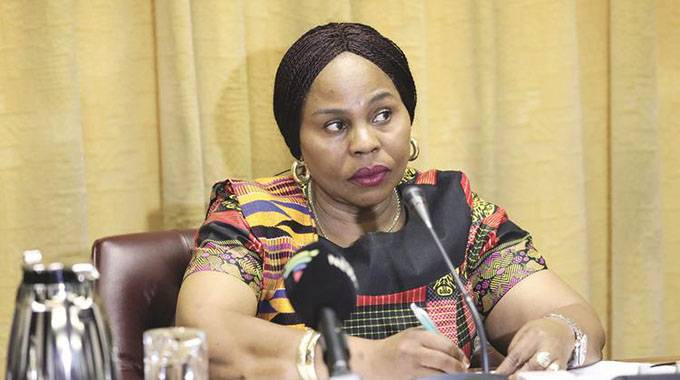Matabeleland South needs US$776,1m to fund IPP projects
THE Zimbabwe Energy Regulatory Authority (Zera) says independent power producers (IPPs) in Matabeleland South Province require close to US$776,1 million collectively to fund electricity generation projects that are at different stages of development in the province.
Matabeleland South has seven IPPs with a combined installed capacity of 479,75MW.
Responding to written questions from Business Chronicle following his tour of IPP projects in Matabeleland South last week, Zera chief executive officer, Mr Edington Mazambani said:
“These visits to various IPPs across the country are part of continuous regulatory assessment of progress being made at various sites, their performance, compliance levels to codes and stakeholder engagements.”
Mr Mazambani said the authority visited Nottingham Estates in Beitbridge and Plum Solar in Plumtree, as well as Mashaba Solar mini grid, a community-run plant.
The installed capacity of the plant (Mashaba) is less than 100kW hence not licensed but the authority offers such sites light-handed technical and advisory services.
Mr Mazambani said the Nottingham Estate project was producing and banking power into the grid while Plum Power was at infrastructural development stage.
“The others are at various stages of project preparation. The installed capacity of licensed power projects in the province is 479,75MW while the funding varies due to a number of factors, which include technology, source of equipment, and fuel, among others,” he said.
“However, the total cost of the projects is around US$776,1 million.”
Since 2010, Zera has licensed 91 IPPs countrywide with 67 of them at various stages of project preparation. The Zera boss said five of the licensed IPPs were under construction while 19 were operational, producing a congregated output of 134,77MW.
The Government through Zera has revoked eight licences for IPPs whose projects have failed to take off over a long period after being issued with licences.
Mr Mazambani said all projects were continuously being assessed and evaluated against their proposed development stage schedule and feedback was being shared regularly.
“The power sector requires huge capital investment and access to funding is often cited as the major challenge for the IPPs.
“However, local investors and pension fund managers should seriously consider investing in renewable energy projects given the viability and sustainability of the technology,” he said.
Under the envisaged upper middle income economy status by 2030, Zimbabwe requires 11 500MW.
“The IPPs share is expected to be around 40 percent of the target with the remainder being taken up by the power utility (Zesa).
“Certainly, there is vast potential to surpass the target and even export power into the region given the energy resources in the country which are yet to be fully utilised,” he said.
Zimbabwe’s demand for electricity hovers around 2 200MW but because of antiquated equipment, generation by the country’s power utility, Zesa, is depressed at less than 1 200MW.
Mr Mazambani said investors should view Zimbabwe as potential market given the centrality of the country’s location in the region. As part of efforts to boost power generation, Zesa through its subsidiary is also undertaking US$1,5 billion expansion works of Units 7 and 8 at Hwange Thermal Power Station.
When complete, the extension programme would see the thermal power plant whose installed capacity presently stands at 920MW, producing an additional 600MW.
Zimbabwe also hopes to generate more electricity from the 2400MW Batoka Gorge Hydro-Electric Scheme project whose output will be shared equally between the country and neighbouring Zambia.
“The project is progressing well following the public disclosure of the ESIA studies,” said Mr Mazambani.
Finalisation of preparatory activities for the implementation of the Batoka Gorge Hydro-Electric Scheme is expected in the first quarter of this year. — heral.cl.zw









